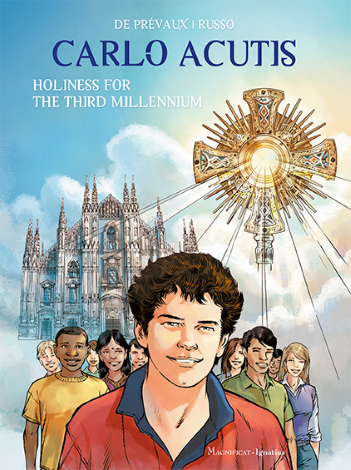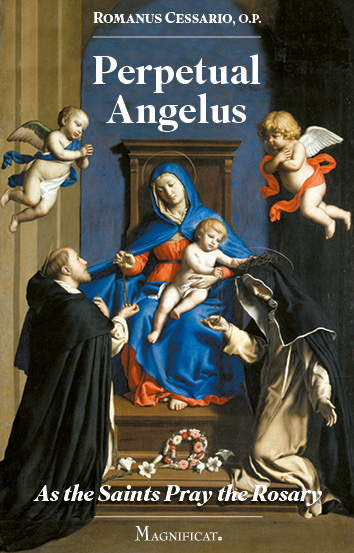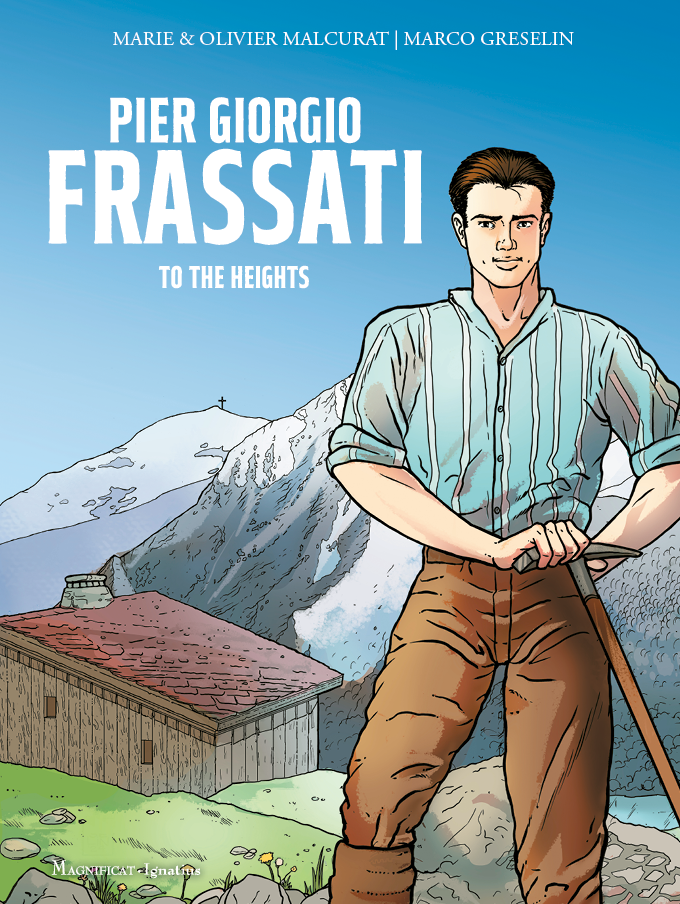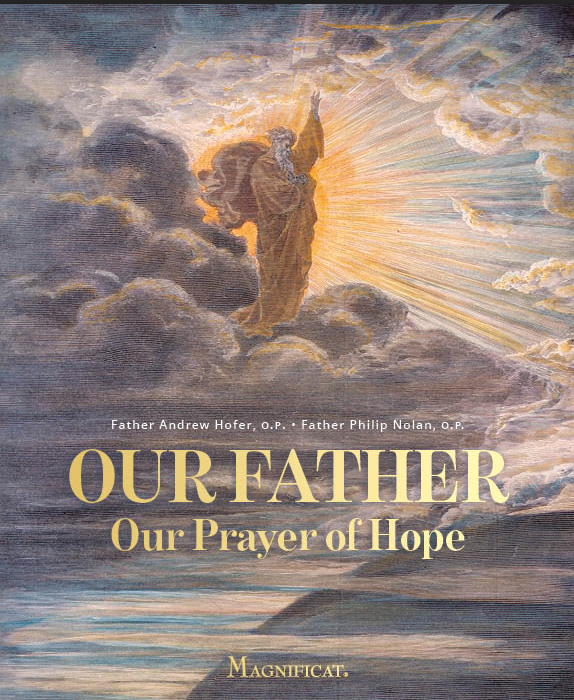St. John Paul II has described Holy Week as “a pilgrimage to Jerusalem” embodying “the culmination of world history.” All the mysteries of our faith, all the Sacraments can be said to flow from, or find their highest expression in, the events of this one week. And just as the Israelites of old converged upon Jerusalem for the Passover, likewise for two millennia have Christians annually converged upon Jerusalem in heart and mind for the celebration of Holy Week. It is the time par excellence for remembering the Passion, “the spring from which the stream of our salvation flowed forth” (Saint Thomas More).
Palm Sunday stands as “a solemn gateway as it were leading to Holy Week” (John Paul II), at the beginning of which we are reminded in the words of the liturgy that “today we gather together” to begin the celebration of the Paschal Mystery in union “with the whole Church” throughout the world. This day we enter Jerusalem with Christ, where he will be crowned King of the Nations, with the cross as his throne. He enters Jerusalem to do battle with Satan and to conquer sin and death forever.
Monday, Tuesday, and Wednesday of Holy Week serve both as an opportunity for continued reflection upon the Passion narrative read on Palm Sunday and as a time to anticipate what is to come. The preface from the Mass sets the tone: “the days of his saving Passion and glorious Resurrection are approaching, by which the pride of the ancient foe is vanquished….” In the Gospel for Monday, wherein Lazarus’ sister Mary anoints the feet of Christ, the figure of Judas casts a shadow that deepens with Christ’s predictions of his betrayal at the Last Supper in the gospels of Tuesday and Spy Wednesday.
Holy Thursday
Holy Thursday—the beginning of the Easter Triduum—is the threshold through which we enter the innermost realm of the Paschal Mystery, the inner sanctum of our Redemption. In the evening liturgy, during which the Church thanks the Savior for the ordained Priesthood, we are confronted with the compelling scene of God stooping to wash the feet of sinful men—a sign of the love and humility with which he washed all souls in his own blood. From this we are brought to the institution of the Eucharist, the Sacrament of Christ’s immolation that in its daily celebration sanctifies each day with the Sacrifice of Good Friday, the Sacrament in which we are nourished with the Body and Blood of the risen Lord. Upon the conclusion of Mass, the Eucharist is carried away in a solemn procession that, in the words of Pope John Paul II, “recalls that specific moment when Christ…left the Upper Room”, wherein “we accompany Jesus on the way that leads him to the terrible hours of the Passion.” In the repository we will adore in response to Christ’s plea in Gethsemane, “remain here, and watch with me” (Mt 26:38).
Good Friday
Good Friday is a day utterly unique in human history—the day on which “God reigned from a tree” (Vexilla Regis), the tree of the cross. It is a day of stillness, wherein we contemplate the utmost manifestation of God’s love for us, so that “having followed Jesus from Gethsemane to the religious and civil tribunals, after having accompanied him on his climb to Calvary with the wood of the cross on his shoulder, the believer stands with the Apostle John, with Mary Most Holy, and the women at his feet at Golgotha…” (John Paul II). The silent prostration of the celebrants before the stripped altar and empty tabernacle at the beginning of the Liturgy of the Passion eloquently express the Church’s grief upon the death of her Divine Spouse. The Church invites us to come forward to behold the Crucified Savior, the “Holy immortal One” (Improperia), upon the wood of the cross, that holy wood described in a second century homily as “the pillar of the universe.”
From Good Friday night through Holy Saturday the Church is in mourning, with the body of Christ at rest in the tomb. As the patristic reading for Morning Prayer on Holy Saturday observes, “The earth trembled and is still because God has fallen asleep in the flesh and he has raised up all who have slept ever since the world began. God has died in the flesh and hell trembles with fear…”
The Easter Vigil
After nightfall on Holy Saturday the most glorious liturgy of the year begins. This is the night that God has turned to eternal day, “O truly blessed night, / worthy alone to know the time and hour / when Christ rose from the underworld!” (Exsultet). In the darkness, as the celebrant prepares the Paschal candle before lighting it, we hear the words, “Christ yesterday and today… / Alpha and Omega / all times belong to him / and all the ages….” The battle with Satan is over—Christ has triumphed, and sin and death are destroyed forever. On this night “when things of heaven are wed to those of earth” (Exsultet), we celebrate the victory of the Lord on the first Easter and, recalling the Sacrament of Baptism through which we share in his victory, look forward to the completion of his triumph when he comes again in glory. In the vigil’s Scripture readings, the Church remembers the history of our creation and the “new creation” of the Paschal Mystery. With the Easter Vigil, Holy Week comes to its climax and fulfillment, “the beginning of the new heavens and the new earth” (John Paul II), where every tear will be wiped away.
Magnificat Holy Week 2000









